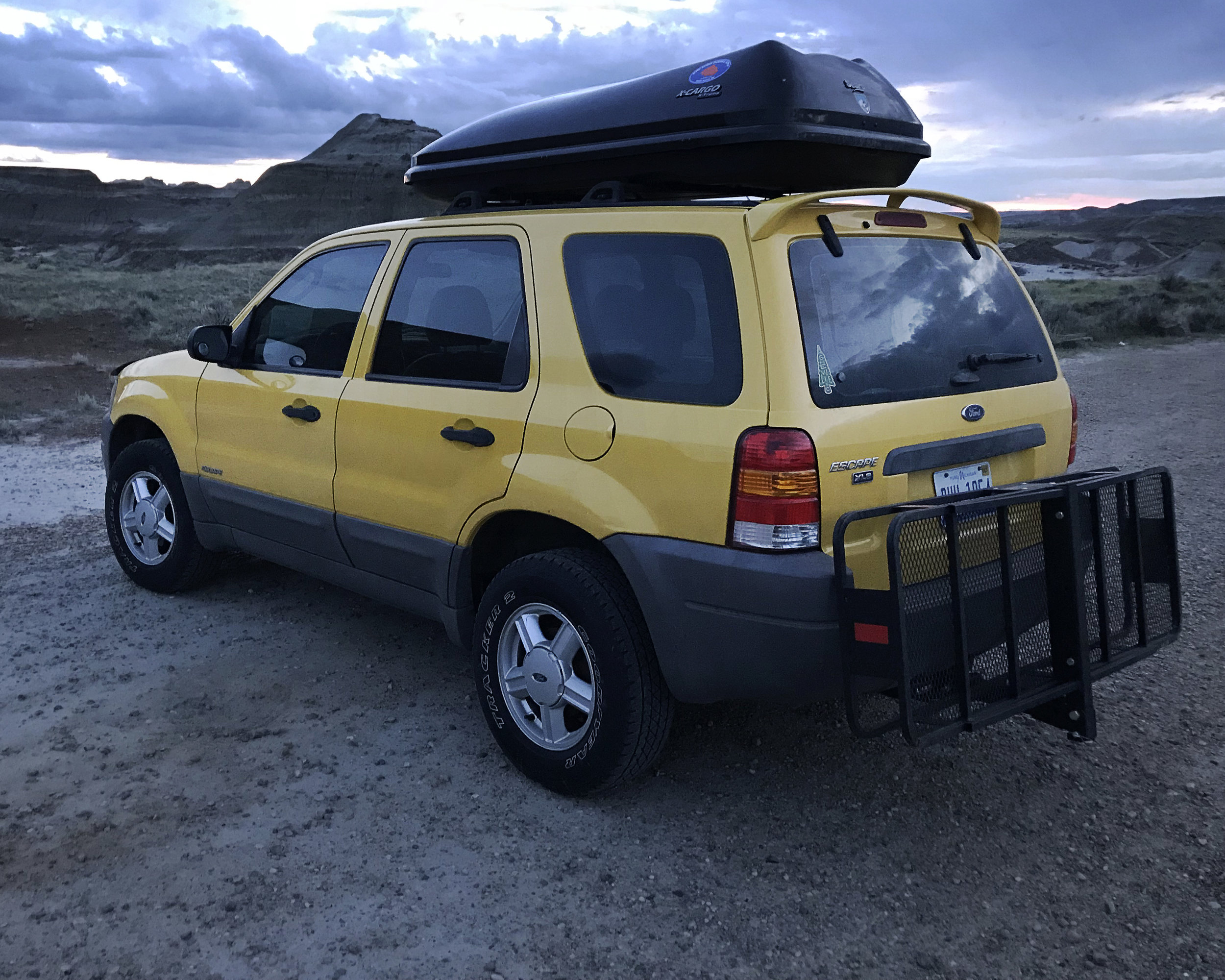“Awakening” CCD Scan from 6x6 CM Fujifilm Neopan Acros 100 - Hasselblad 501c
I have recently began to experiment with black and white film again. Like most photographers over 40, I got my start shooting with B&W film in high school, digital had yet to be born , and I continued to do so for several years up until 2003 when I purchased my first digital camera, a Pentax K20D. When I began shooting film again in 2012, I moved right into Fujifilm Velvia 50 and 100 color slide film, and have not strayed much since. I did shoot a few rolls of Ilford Delta 100 through my 6x17 panoramic back for my Ebony 4x5 but have mainly stuck with Velvia. I just happen to have fallen in love with the look and feel of Velvia, but after recently purchasing a Hasselblad 501c just before my September 2018 trip to Yellowstone and not having the proper Bay60 ring for my Lee Foundation kit, was sort of stuck without a good way to use my ND Grad Filters. I need Grad NDs to control the exposure in areas of my compositions that exceed the exposure latitude Velvia is capable of and since I didn’t have what I needed to adapt the foundation kit to my Hassy, I decided to do something truly revolutionary. I picked up a roll of now discontinued Fujifilm Acros 100 and a roll of Kodak T Max 100, knowing that the exposure latitudes of these films was more forgiving and along with my newly acquired 501c, Mamiya 7II and 12 rolls of Velvia 50, boarded a plane for Yellowstone.
I was only going to be in Yellowstone for 4 days and I wanted to walk away from this trip with enough images to put together a decent collection. This was to be my first study of the Yellowstone Caldera after all, but I also wanted to begin to work more in the 6x6 square format I have been gravitating toward over the past year. After shooting 3 rolls of Velvia in 3 days through the Mamiya, I felt comfortable experimenting with the Hasselblad so I loaded up the A12 back with a roll of Fujifilm Acros 100. On the final morning of my trip I exposed 12 - 6x6 frames in the Midway Geyser Basin, completing the roll of Neopan and packed it in. I felt accomplished and was looking forward to getting the film processed and I was especially looking forward to seeing the results of the 12 exposures made with the 501c. I returned home, sent the film out for processing and patiently waited for its return. I am happy to report that all 4 rolls came back yielding results I am pleased with and I will be sending out several exposures to be scanned by the marvelous James Beck . Its of course easy to see the results of the color slide film at first glance on a light table however negative film is a little tougher, especially when one is used to viewing the world as it appears not inverted. The Neopan negs looked to be exposed correctly and after viewing them quickly via my iPad with colors inverted, more on this in another article, I was assured that I had some images to work with. But before sending the negs out to be professionally scanned I decided to put them on my Epson V700 and see what I could do with them as a preliminary effort. The image you see at the top of this article is the result and I am quite pleased with the outcome. There is of course a few areas I would like to improve upon such as the almost pure white, upper right hand corner of the image and a few other nuances, but all in all I am quite pleased.
Fujifilm lighttable and Velvia 50 color slide film from the Yellowstone Caldera 2018.
So in conclustion what have I learned from this experience? For one I have affirmed my attraction to the 6x6 square format, its very pleasing to my eye and invokes a zen like feeling. I have also decided to continue to work with black and white film as it conveys a completely different feeling than that of color work and while I will still continue to work in color I also want to prepare myself for what some dub as the inevitable end of Fuji Velvia. I also feel that working in black and white pushes you to pay closer attention to tone and form. Its easy to loose sight of these principals and be distracted by vivid color but with the absence of color your are pushed to look much deeper and pay attention to tone and form. It will be several months before I get all the film from this trip scanned and begin work in the digital darkroom but I am looking forward to releasing my first collection of the “Yellowstone Caldera - Study 1”.








